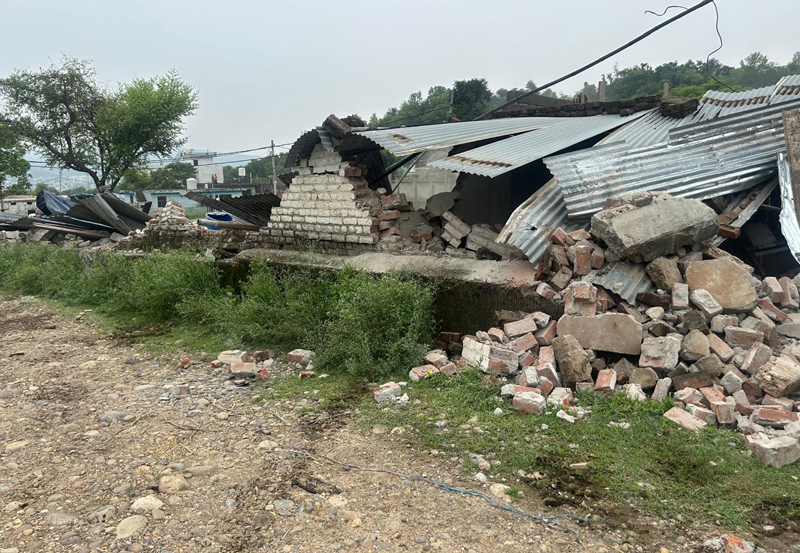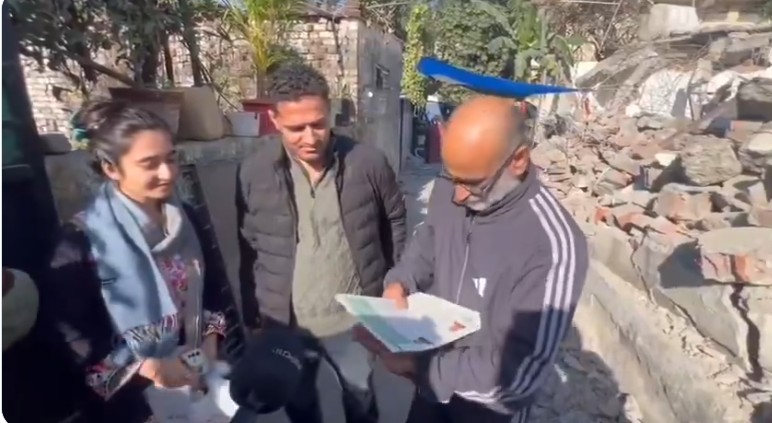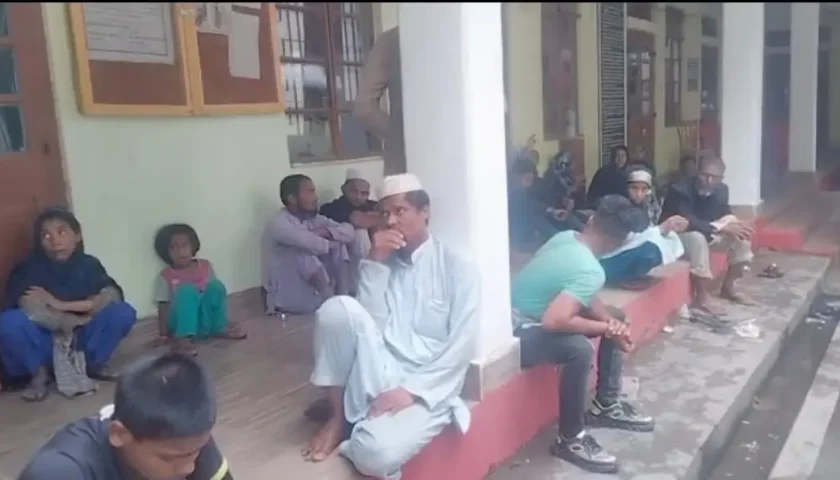20 structures razed to retrieve 110 kanal of land in Jammu
By: Javid Amin | 22 Aug 2025
A Bold Push Against Encroachment in Jammu
Land in Jammu is not just real estate—it is a scarce resource, a livelihood, and often, a symbol of identity and belonging. However, the rapid pace of urbanization has led to rampant land-grabbing and illegal constructions, creating challenges for governance, planning, and justice.
In a major anti-encroachment drive, the Jammu Development Authority (JDA), with support from the district administration, dismantled 20 illegal structures and reclaimed nearly 110 kanals (13 acres) of prime land. The operation covered areas such as Sidhra, Majeen, and Rangoora in Jammu tehsil.
The move is being hailed as a strong message against land mafias and encroachers, but it has also stirred debates around governance, livelihoods, and urban planning.
What Exactly Happened?
The Operation at a Glance
-
Authority Involved: Jammu Development Authority (JDA) with police & district administration.
-
Encroachments Targeted: Unauthorized houses, boundary walls, and commercial establishments.
-
Structures Razed: 20 illegal constructions.
-
Land Recovered: 110 kanals (approx. 13 acres).
-
Areas Covered: Sidhra, Majeen, Rangoora.
-
Action Taken:
-
Bulldozers deployed for demolition.
-
Fencing installed to prevent re-encroachment.
-
Warning signs put up.
-
Brief detentions of those resisting the drive.
-
JDA’s Position
Officials emphasized a zero-tolerance policy against illegal occupation. They stressed that prime government land cannot be allowed to be misused, especially at a time when Jammu is expanding rapidly as an urban hub.
Why Sidhra, Majeen, and Rangoora?
These three areas are strategically located on the outskirts of Jammu city, making them prime targets for land-grabbers:
-
Sidhra: Known for its proximity to the bypass road and upcoming residential projects.
-
Majeen: A semi-urban belt experiencing rapid population growth.
-
Rangoora: Considered prime real estate due to its connectivity to central Jammu.
Encroachments here not only block future infrastructure development but also fuel unregulated urban sprawl.
The Encroachment Problem in Jammu: A Growing Challenge
Urbanization Pressure
Jammu has witnessed fast-paced growth after the abrogation of Article 370 in 2019, with increased investment and migration. Land prices have skyrocketed, leading to:
-
Illegal colonies without approvals.
-
Boundary walls on government land.
-
Commercial establishments on encroached plots.
Role of Land Mafia
Land mafias exploit loopholes in land records, weak enforcement, and political patronage, often selling government or community land to unsuspecting buyers.
Consequences of Encroachments
-
Loss of public land meant for schools, hospitals, or community projects.
-
Strain on urban infrastructure—roads, drainage, electricity.
-
Environmental damage due to hill cutting and deforestation.
How Was the Operation Conducted?
The JDA planned the drive with tight security arrangements:
-
Police Deployment: To prevent violence and ensure law & order.
-
Bulldozers & Machinery: Used to demolish structures.
-
On-Ground Supervision: Senior officials monitored to avoid escalation.
-
Resistance & Detentions: Some encroachers tried to disrupt the operation; several were detained briefly.
The reclaimed land was immediately fenced and marked with warning boards, ensuring it cannot be retaken.
Legal Framework Behind the Drive
The operation was carried out under:
-
J&K Development Act, 1970 – Empowers JDA to plan, regulate, and prevent unauthorized land use.
-
Municipal & Tehsil Coordination Rules – Allow removal of structures built without approval.
-
High Court Directives – Past judgments have urged strict action against encroachments in Jammu.
Impact on People: Mixed Reactions
Supporters Say:
-
Government land must be protected for public use.
-
Encroachments choke development projects.
-
Land mafia must be dismantled decisively.
Critics Argue:
-
Some “encroachers” may actually be poor settlers with no alternative housing.
-
Demolitions without rehabilitation plans could worsen social tensions.
-
Lack of transparency in land records makes it difficult to distinguish between genuine owners and encroachers.
Past Anti-Encroachment Drives in Jammu & Kashmir
This is not the first such action:
-
2023: Authorities retrieved thousands of kanals across J&K in similar drives.
-
2017-18: Anti-encroachment actions targeted commercial hubs but were criticized for sparing influential land-grabbers.
The recurring theme: drives often start with momentum but fizzle out unless followed by transparent land reforms.
Why Land Reclamation Matters for Jammu’s Future
-
Urban Planning: Retrieved land can be used for housing projects, parks, or schools.
-
Investment Confidence: Shows that government is serious about governance.
-
Environmental Safeguards: Prevents further encroachment on forests and riverbeds.
-
Rule of Law: Reinforces that illegal occupation won’t be tolerated.
Challenges Ahead
-
Preventing Re-Encroachment
-
Fencing is not enough—long-term monitoring systems are needed.
-
-
Balancing Development with Livelihoods
-
Evictions can push vulnerable families into crisis.
-
Government must offer rehabilitation or low-cost housing alternatives.
-
-
Political Interference
-
Past drives have been weakened due to political patronage of encroachers.
-
-
Transparency in Land Records
-
Digitization of land records under the Digital India Land Records Modernization Programme (DILRMP) is crucial.
-
Voices from the Ground
-
Officials: “We will not allow government land to be usurped by vested interests. This is part of our zero-tolerance policy.”
-
Residents: “We want clarity—who decides what is encroachment and what is genuine ownership?”
-
Experts: “Such drives must be accompanied by comprehensive urban land reforms.”
Conclusion: A Strong Message, but Questions Remain
The JDA’s demolition of 20 illegal structures and retrieval of 110 kanals of land sends a strong message to encroachers. It highlights a serious intent to reclaim public land for planned development.
However, for the drive to have lasting impact, the government must:
-
Ensure fairness and transparency.
-
Protect vulnerable families from displacement.
-
Invest in urban planning and housing policies.
-
Prevent re-encroachment through monitoring.
Otherwise, this will remain yet another episodic crackdown rather than a turning point in Jammu’s urban governance.




